 |
 |
 |
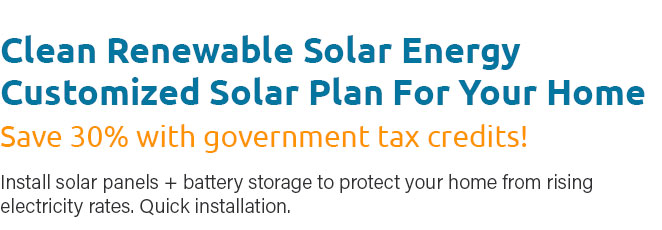 |
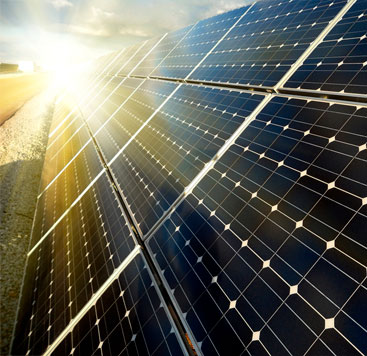 |
 |
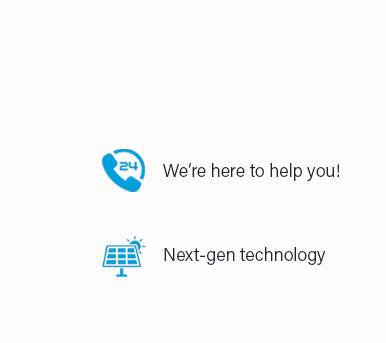 |
 |
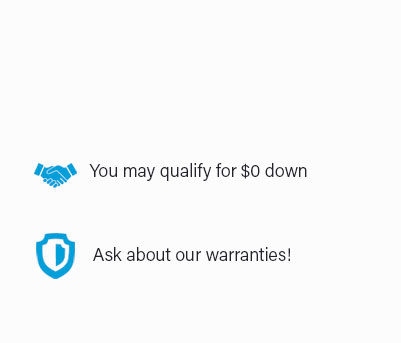 |
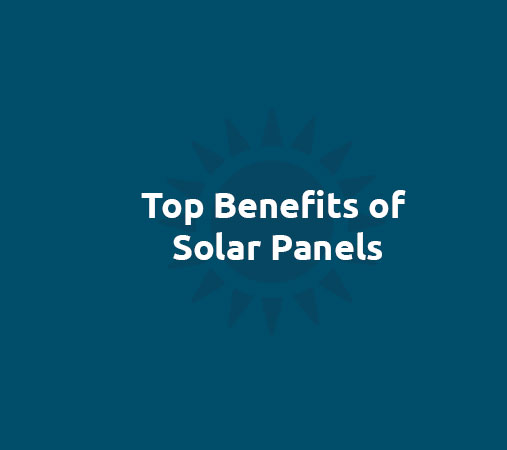 |
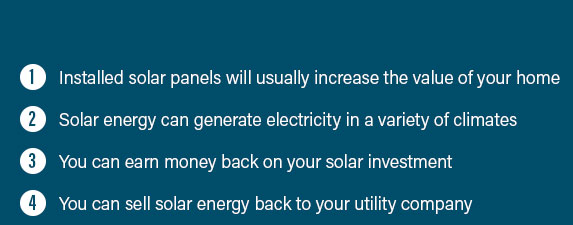 |
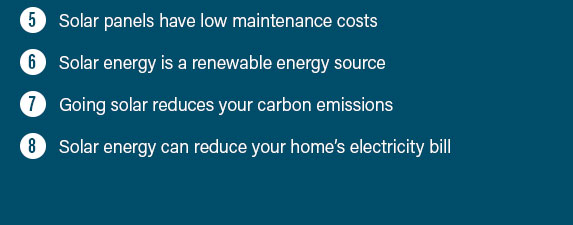 |
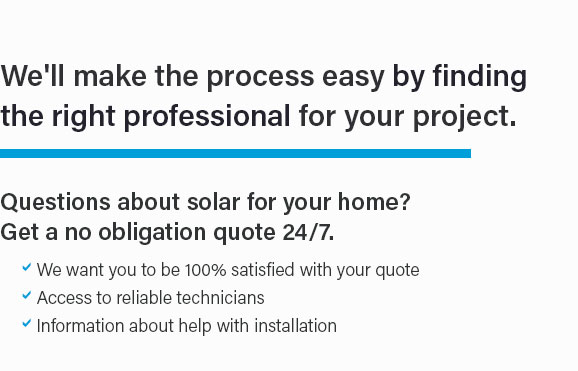 |
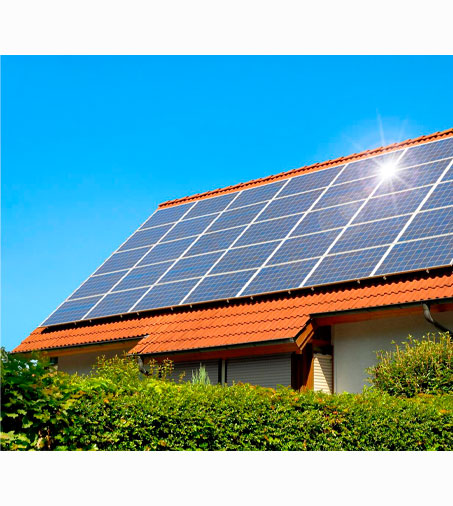 |
|
 |
 |
 |
|
Unlock the future of energy savings with a personalized solar panels installation quote that puts the power back in your hands; discover the real solar panels install cost that can transform your home into a green powerhouse, reduce your bills, and elevate your lifestyle-because investing in solar isn't just a choice, it's a game-changing commitment to a sustainable tomorrow, designed for those who dare to lead the charge towards a brighter, cleaner world.
https://www.energysage.com/local-data/solar-panel-cost/ca/
As of March 2025, the average solar panel system costs $2.32/W including installation in California. For a 5 kW installation, this comes out to about ... https://www.paradisesolarenergy.com/blog/how-much-do-solar-panels-cost
After applying these incentives, a typical homeowner can expect to pay between $18,000 and $38,000 for 5 kW to a 15 kW solar panel system. For commercial solar ... https://www.reddit.com/r/solar/comments/1e2fbie/how_much_would_it_cost_get_a_solar_system_to/
Installers below $2.40-$2.20 are typically cutting corners somewhere and you may be risking going that low. I also wouldn't count on any ...
|